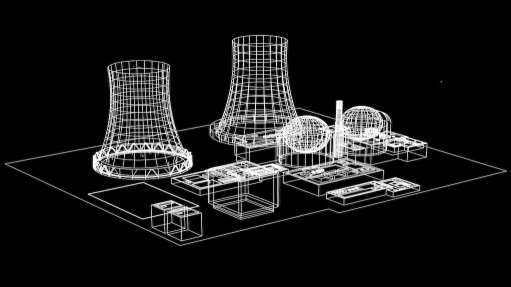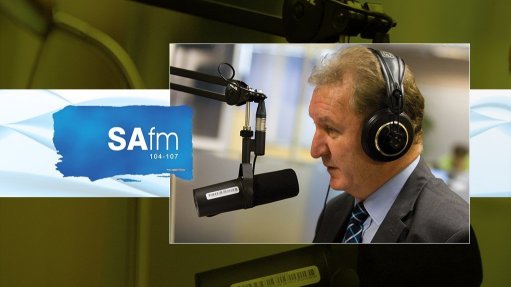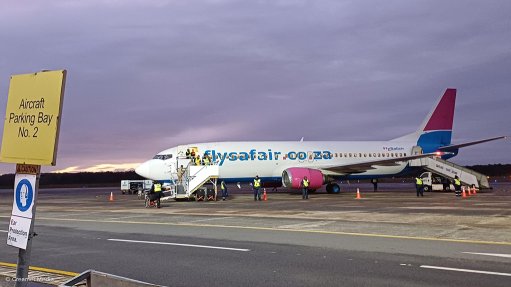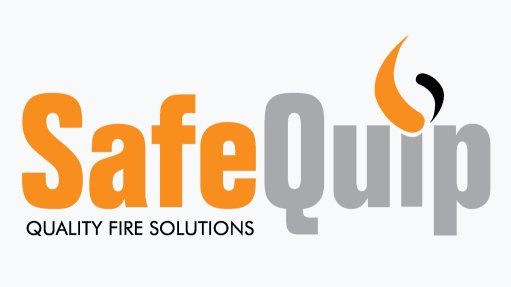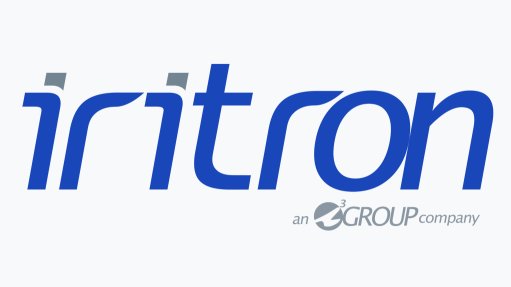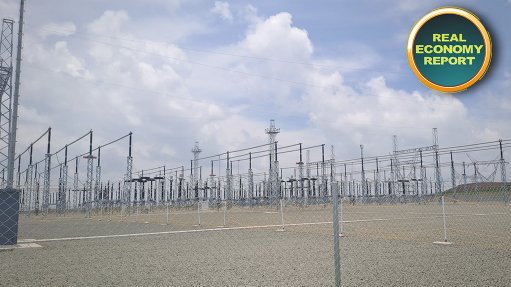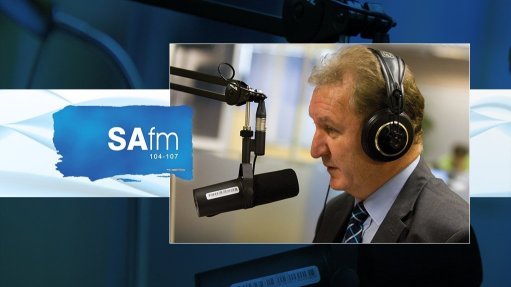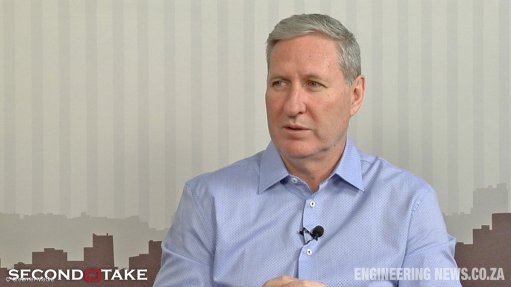Contractor champions proactive approach to dust suppression

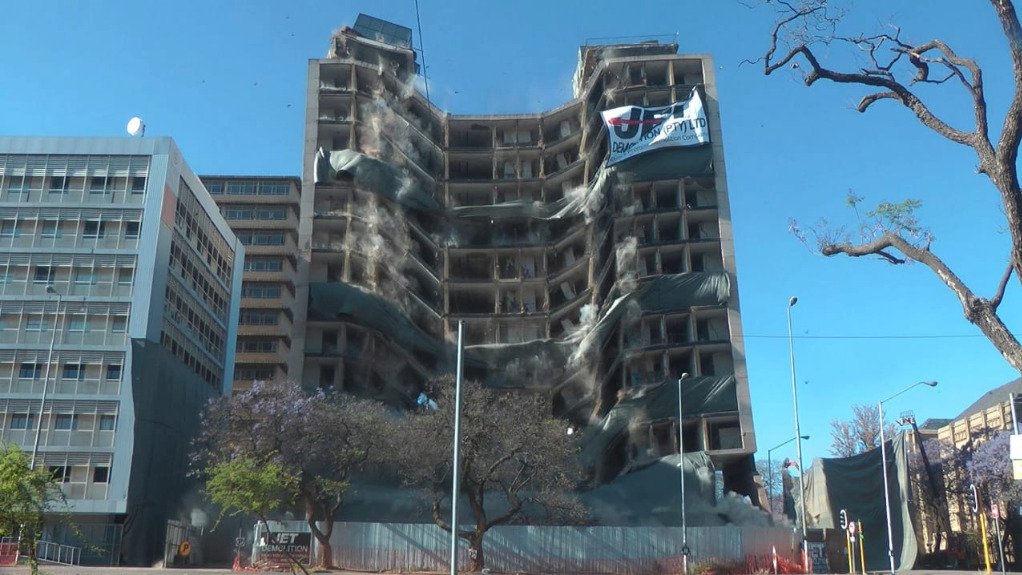
DUST SPREAD ALLEVIATION Dust pollution arising out of building demolition can have serious health implications on workers and the broader public
Dust, especially from demolition activity, can contain harmful substances and exacerbate respiratory issues, thereby highlighting the importance of being proactive in adequately implementing preventative measures, highlights demolition contractor Jet Demolition project and contracts manager Kate Bester.
Jet Demolition employs a comprehensive and proactive approach to dust suppression as part of its demolition activities in South Africa and the company notes that dust control begins during the planning phase.
With heavy industrial and large commercial projects, demolition takes on many forms, with many methods and approaches deployed to suit the structures currently in place.
“In many instances, dust control can be implemented at source, through continuous wetting by conventional means, heavy industrial misters aimed at specific dust-creating processes or installed suppression methods fitted to a plant and equipment. In other instances, however, dust suppression is not practical, and most efforts result in the greater loss of natural resources, as would be in the case with controlled implosions. In these instances, dust distribution is rapid, extremely short term, and impractical to control or contain,” Bester explains.
The company makes use of several types of dust suppression equipment, most notably heavy industrial misters which disperse a fine mist directly to the working front. In some cases, when working in operational factories, the company installs heavy-duty dust curtains from floor to ceiling, thereby containing dust, fumes and smoke within the immediate working area, without impacting on ongoing operations.
Jet Demolition also deploys post-demolition cleaning techniques, such as vacuuming and wet sweeping to manage dust after the event.
Challenges, Environmental Protection
Jet Demolition highlights that the most challenging projects to manage and execute in terms of dust suppression are generally those which are undertaken within operational environments.
Often, clients wish to implement changes to their own operations without impacting on production and this means that their teams are regularly required to work in the immediate proximity of operational equipment, especially within the food and beverage, or automotive sectors.
In these cases, dust control is critically important, as any lapse in control would result in the immediate suspension of production, resulting in major unforeseen business impacts for clients.
Bester adds that adequate ventilation is addressed through pre-demolition planning, including through health and safety assessments jointly undertaken by the company and its clients.
These assessments assist in identifying risks and implementing appropriate controls to ensure the safety of people. In some instances, heavy-duty fans and extraction systems are installed prior to works, both promoting airflow and ensuring sufficient fume and smoke extraction, particularly in enclosed and confined spaces.
Further, Jet Demolition has a host of different respiratory protection measures available for its personnel, specific to the tasks being performed. These include regular dust masks, respirators and fresh-air systems which allow personnel to safely work within contaminated, confined and enclosed spaces.
“Most notably, our safety department prepares and shares internal literature, which is shared to all our sites, helping to educate and sensitise our personnel to the occupational risks associated with demolition. Our site teams actively engage in daily toolbox talks, and discuss topics including environmental best practices, as it relates to the daily tasks at hand,” Bester concludes.
Article Enquiry
Email Article
Save Article
Feedback
To advertise email advertising@creamermedia.co.za or click here
Comments
Press Office
Announcements
What's On
Subscribe to improve your user experience...
Option 1 (equivalent of R125 a month):
Receive a weekly copy of Creamer Media's Engineering News & Mining Weekly magazine
(print copy for those in South Africa and e-magazine for those outside of South Africa)
Receive daily email newsletters
Access to full search results
Access archive of magazine back copies
Access to Projects in Progress
Access to ONE Research Report of your choice in PDF format
Option 2 (equivalent of R375 a month):
All benefits from Option 1
PLUS
Access to Creamer Media's Research Channel Africa for ALL Research Reports, in PDF format, on various industrial and mining sectors
including Electricity; Water; Energy Transition; Hydrogen; Roads, Rail and Ports; Coal; Gold; Platinum; Battery Metals; etc.
Already a subscriber?
Forgotten your password?
Receive weekly copy of Creamer Media's Engineering News & Mining Weekly magazine (print copy for those in South Africa and e-magazine for those outside of South Africa)
➕
Recieve daily email newsletters
➕
Access to full search results
➕
Access archive of magazine back copies
➕
Access to Projects in Progress
➕
Access to ONE Research Report of your choice in PDF format
RESEARCH CHANNEL AFRICA
R4500 (equivalent of R375 a month)
SUBSCRIBEAll benefits from Option 1
➕
Access to Creamer Media's Research Channel Africa for ALL Research Reports on various industrial and mining sectors, in PDF format, including on:
Electricity
➕
Water
➕
Energy Transition
➕
Hydrogen
➕
Roads, Rail and Ports
➕
Coal
➕
Gold
➕
Platinum
➕
Battery Metals
➕
etc.
Receive all benefits from Option 1 or Option 2 delivered to numerous people at your company
➕
Multiple User names and Passwords for simultaneous log-ins
➕
Intranet integration access to all in your organisation







